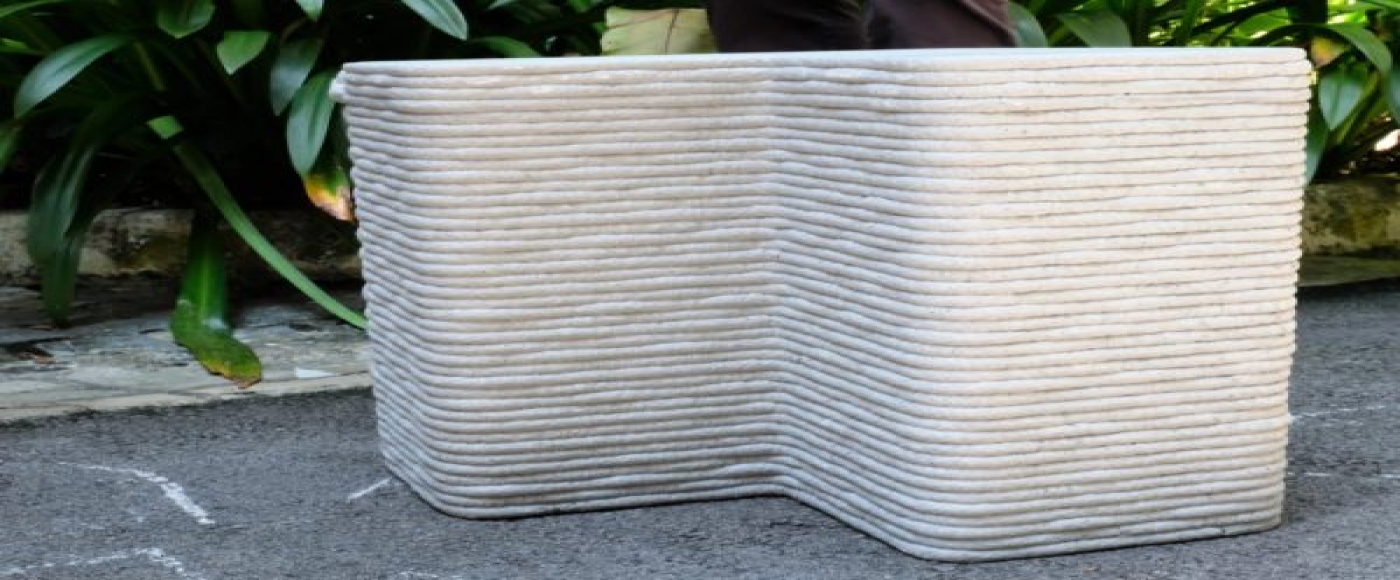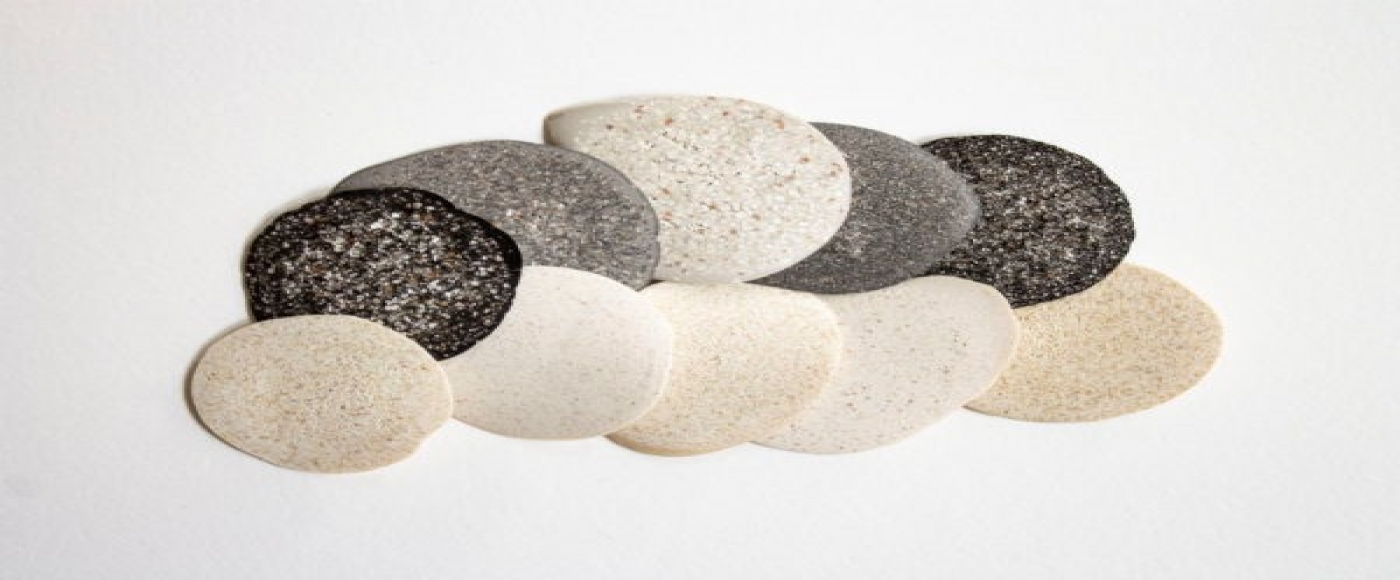Bamboo in the construction industry.
• Bamboo has high compressive strength and light weight, is one of the most used building materials to support concrete work, especially where there is a lot of bamboo. • Bamboo is used to build scaffolding, bridges, buildings and houses. • Due to a special rhizome system, bamboo is one of the fastest growing plant species in the world and its growth rate is three times faster than that of most other plants. • In the first four years, bamboo will grow about 3cm, from year 5 onwards, bamboo will thrive at a rate of 30cm / day. Within six weeks, the bamboo can grow to a height of 15 meters. • They are fast renewable resources and are used for many purposes.
Bamboo as a building material is often associated in Southeast Asia and South America, where the climate is most suitable for cultivation. In many countries, bamboo is used as a bridge or simply for housing.
Structural shape of bamboo in construction:
• A square can be obtained by compressing the growing bamboo stem into a square.
• The curved arches created by compressing the growth of the bamboo into the desired shape.
• Curved and flat geometry is achieved through traditional techniques such as heat and pressure application.
Machining method:
For bamboo used in construction, it must be machined to have the desired shape, curvature and length to be used for structures or other purposes.
Bamboo processing methods:
- Splitting
- Shaping
- Bending
Preservation:
Bamboo should be handled carefully to avoid insects and rot before using.
Usually, a mixture of Borax and Boric acid is used for this purpose. Another commonly used way is to boil bamboo to remove starch that attracts insects.
Bamboo_construction material:
Using Bamboo for construction is done using the same structural framing technique as conventional wooden frame design and construction.
In the case of using bamboo, floors, walls and roof are all linked together and often rely on each other for overall stability.
.jpg)
(Source: Internet)
Bamboo in foundation
It is very limited to use bamboo as a base material because when in contact with a wet surface, they will quickly decompose. However, this problem can be moderately resolved through proper treatment using chemicals.
The different types of nails using bamboo are:
• Bamboo is in direct contact with the ground.
• Bamboo fixed to the stone or precast concrete foundation
• Pile made of bamboo or composite concrete
• Bamboo poles
.jpg)
(Source: Internet)
.jpg)
(Source: Internet)
.jpg)
(Source: Internet)
Some popular shapes of bamboo when using:
• The bamboo rod is obtained by splitting the newly cut bamboo stalks, then rolling and flattening.
• 5-6mm or 10-15mm thin bamboo mats are woven according to design requirements. Phenolic resins are used in structures that use bamboo mats.
• Bamboo composite is a pioneer technology in which bamboo fiber as the raw material is mixed with plastic as the core material. These rugs are highly resistant to moisture and are more structurally stable.
Bamboo wall works
Bamboo is widely used for the construction of walls and partitions. Columns and beams are the main elements typically constructed of bamboo, providing a structural framework for the wall.
They are fixed in such a way and a cushion is used between the frame elements to add strength and stability to the walls.
.jpg)
(Source: Internet)
Roofing with bamboo
Bamboo is one of the best roofing materials, providing structural durability; In addition, the light weight makes the bamboo roof system easy to install.
.jpg)
(Source: Internet)
Bamboo scaffolding as building materials
Due to its high load capacity, bamboo is considered as one of the most appreciated materials for scaffolding, including high-rise buildings.
For scaffolding installation, the ropes are positioned so that forces act vertically down the nodes in the scaffolding.
.jpg)
(Source: Internet)
Advantages:
• Tensile strength: Bamboo has a higher tensile strength than steel because its fibers run along the shaft.
• Fire resistance: The fire resistance of bamboo is very high and can withstand temperatures up to 4000 C. This is due to the high content of silicate acid present in the water.
• Elasticity: Bamboo is widely preferred in earthquake prone areas due to its elastic properties.
• The weight of bamboo: Bamboo has a low weight so it is easy to move and install so it is easy to transport and construct.
• Unlike other construction materials such as cement and asbestos, bamboo does not pose a health hazard.
• Cost-effective and easy to use.
• There is a large consumer market, especially in earthquake-prone areas.
Disadvantages:
• Preservation requirements
• Shrinkage: Bamboo shrinks more than any other wood, especially when dehydrated.
• Durability: Bamboo must be treated against insects and fungi before use.
• Grafting: Despite the popularity of different grafting techniques, the reliability of the bearing structure of the bamboo is still questionable.
Others:

AN ‘IMPOSSIBLE’ 2D MATERIAL STRONGER THAN STEEL

REPLACING SAND WITH GLASS WASTE IN CONCRETE 3D PRINTING

CERAMICS MADE OF EGGSHELLS
Vietnam’s Hospitality Real Estate – Time to rebuild

HoSkar Night - Networking Redefined



